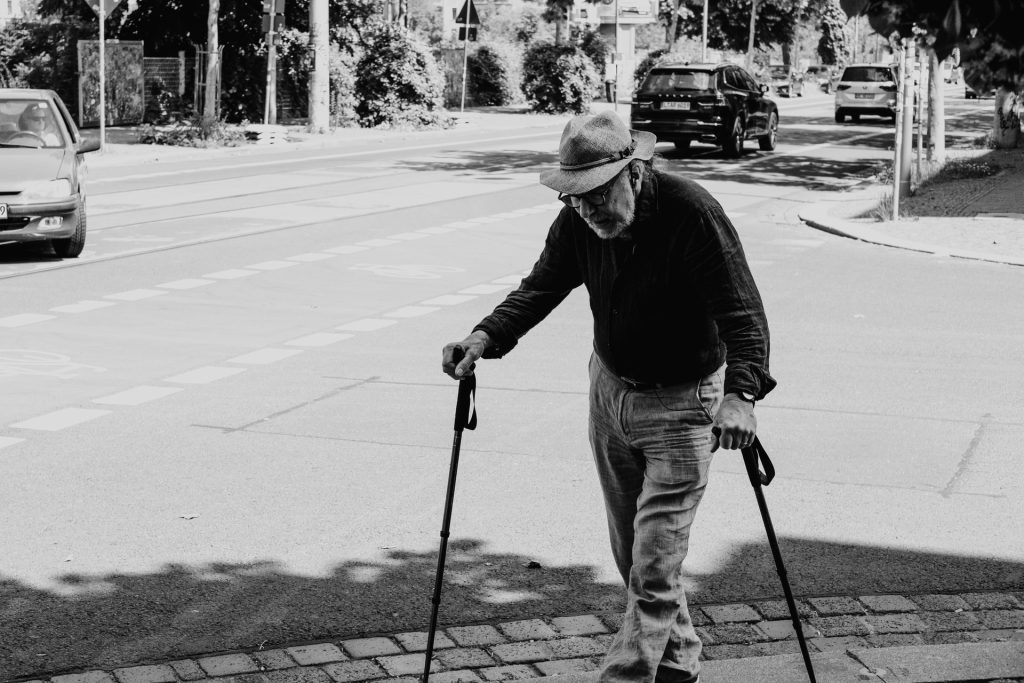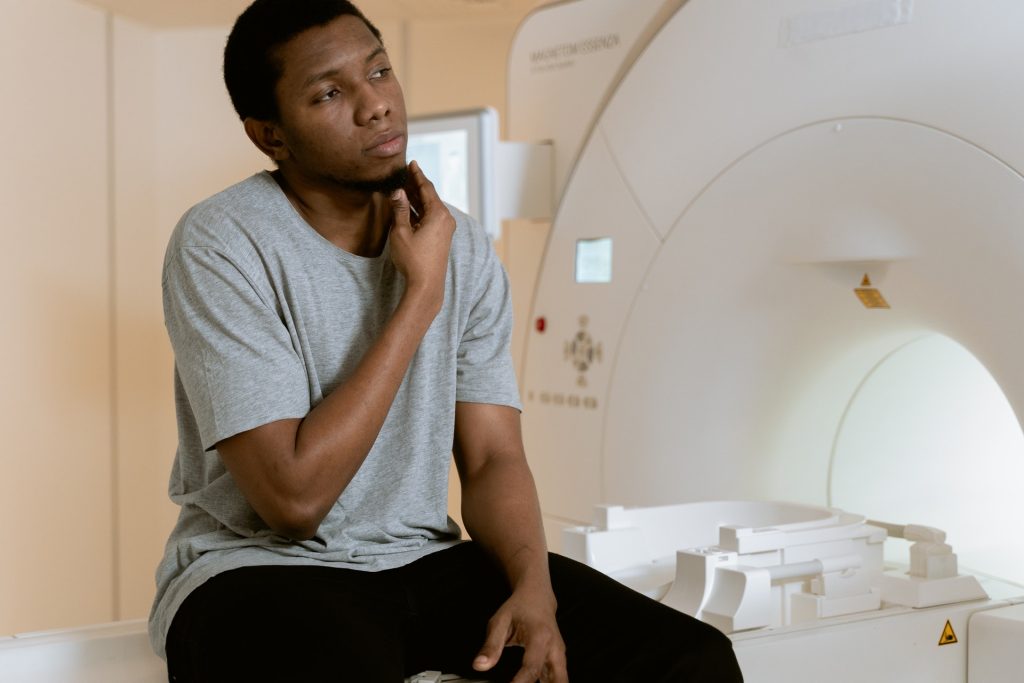Cannabis Use during Pregnancy is on the Rise

As cannabis becomes increasingly legalised, for medical or recreational purposes, its use during pregnancy is increasing, along with the potential for abuse or dependence.
A new study, published in JAMA Psychiatry, explored the magnitude and nature of cannabis use disorders during pregnancy by examining hospital discharge codes. Most of those hospitalisations were for childbirth.
The study found that the proportion of hospitalised pregnant patients identified with cannabis use disorder (defined as cannabis use with clinically significant impairment or distress) rose 150% from 2010 to 2018.
Largest such study so far
“This is the largest study to document the scale of cannabis use disorder in prenatal hospitalisations,” said study co-author Claudia Lugo-Candelas, PhD, assistant professor of clinical medical psychology in Columbia University’s Department of Psychiatry. She notes the study found that pregnant patients with the condition had sharply higher levels of depression, anxiety, and nausea – results of clinical concern.
“It’s a red flag that patients may not be getting the treatment they need,” Dr Lugo-Candelas said.
Some pregnant patients use cannabis instead of prescribed medications, thinking it’s a safer choice as cannabis legalisation has eased safety fears. However, both the American Academy of Pediatrics (AAP) and the American College of Obstetricians and Gynecologists (ACOG) have recommended against using cannabis while pregnant, chiefly because of known and unknown fetal effects. Concerns for maternal effects focus on smoking or vaping risks, not mental health.
The study identified 249 084 hospitalised pregnant patients with cannabis use disorder, who were classified into three sub-groups: those with cannabis use disorder only; those with use disorders for cannabis and other controlled substances; and those with cannabis use disorder and other non-controlled substances (alcohol, tobacco). Data was matched against equivalent patients without any substance use disorders.
Mood disorders more common
Researchers found that those with the cannabis condition were more likely to be younger (ages 15 to 24), Black non-Hispanic, and to not have private insurance.
Researchers analysed patients records for depression, anxiety, trauma, and ADHD, and a broader category of mood-related disorders. Medical conditions measured included chronic pain, epilepsy, multiple sclerosis, nausea, and vomiting.
All disorder sub-groups had elevated rates of nearly every factor studied. Patients with cannabis use disorder alone had triple the levels of depression and anxiety than patients with no use conditions. Mood-related disorders affected 58% of those with cannabis use disorder compared to 5% without.
“The least other substance use you have, the more that cannabis use makes a difference,” Dr Lugo-Candelas said. “That’s really striking.”
High levels of were also seen in the cannabis use disorder hospitalisations, but whether that was due to patients using cannabis to mitigate nausea, or due to cannabis use, which can cause a vomiting syndrome, or a symptom of pregnancy is unknown. Study co-author Angélica Meinhofer, PhD, assistant professor of population health sciences at Weill Cornell Medicine, noted that many states allow medical use of cannabis for nausea and vomiting.
While screening for cannabis during pregnancy could help, doctors could be reluctant to ask about use due to mandatory reporting rules. Patient education could help get them treatment earlier, especially with co-occurring psychiatric problems.
“Hopefully these findings will motivate better conversations between pregnant patients and their health care providers,” said Meinhofer.
The authors stress they aren’t arguing for or against cannabis use in pregnancy. Research on prenatal effects of the disorder is still largely lacking, though frequent use has been linked to low birth weight and other adverse outcomes. Their study, the researchers say, instead underscores the need to further explore the disorder and its links to psychiatric and medical conditions.
The increase of cannabis use by pregnant patients demands immediate investigation. “This is a population that’s showing a level of distress that is very, very high,” said Dr Lugo-Candelas. “Care and attention need to be rolled out.”






